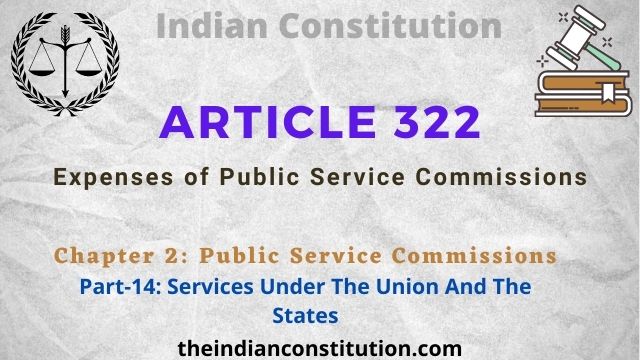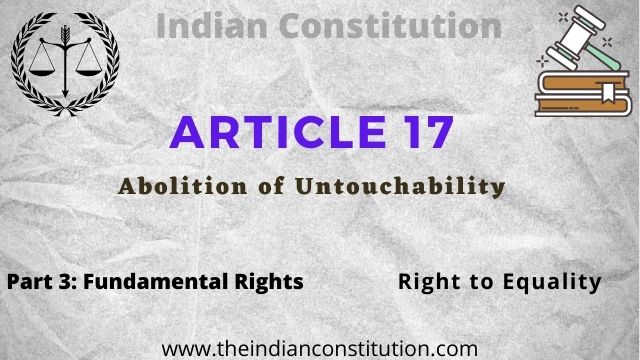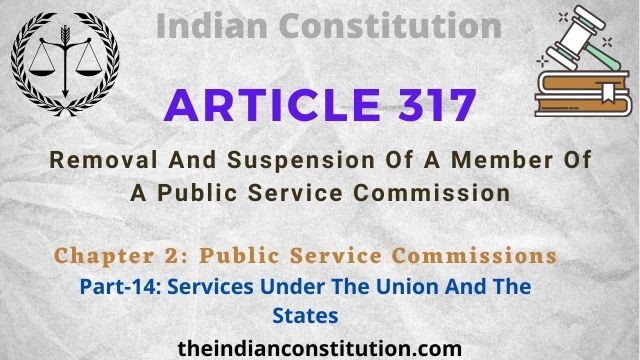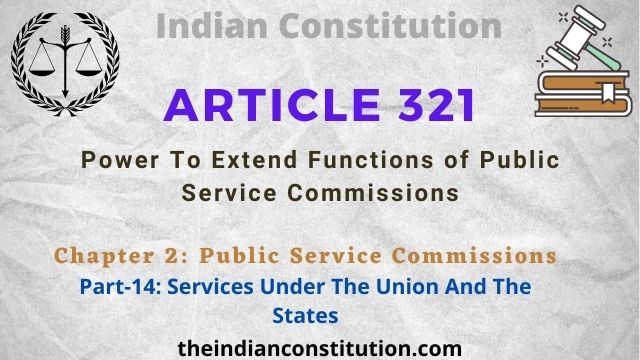Federal Features of The Indian Constitution
(1) Dual Polity
The Constitution establishes a dual polity consisting of the Union at the center and the States at the periphery. Each has sovereign power to exercise it in the territory assigned to it by the Constitution. The central government deals with matters of national importance like defense, foreign affairs, currency, communications, etc. On the other hand, state governments look after matters of regional and local importance like public order, agriculture, health, local government, etc.
(2) Written Constitution
The Constitution is not only a written document but also the longest constitution in the world. Originally, it consisted of a preamble, 395 articles (divided into 22 parts) and 8 schedules. Currently (2016) it consists of a preamble, approximately 465 articles (divided into 25 parts), and 12 schedules. It specifies the structure, organization, powers, and functions of both the Central and State governments and sets out the limits within which they must operate. Thus, it avoids misunderstandings and disagreements between the two.
(3) Division of Powers
The Constitution divides powers between the Center and the States in the Seventh Schedule according to the Union List, State List, and Concurrent List. The Union list consists of 100 subjects (originally 97), the State list consists of 61 subjects (originally 66) and the Concurrent list consists of 52 subjects (originally 47). Both the Center and the State can make laws on the subjects of the Concurrent List, but in case of dispute, only the Central law is valid. Residual subjects (i.e. those which are not mentioned in any of the three lists) are given to the Centre.
(4) Supremacy of the Constitution
The Constitution is the highest (or supreme) law of the country. Laws made by the Center and the States should be in accordance with its provisions. Otherwise, they can be declared invalid by the Supreme Court or High Courts through the power of judicial review. Thus, the organs of government at both levels (legislative, executive, and judicial) must operate within the jurisdiction determined by the Constitution.
(5) Rigid Constitution
The division of powers established by the Constitution and the supremacy of the Constitution can be maintained only when the method of its amendment is rigid. Therefore, the Constitution is rigid to the extent that those provisions which relate to the federal structure (i.e., Centre-State relations and judicial organization) can be amended only by joint action of the Central and State Governments. Amendments to such provisions also require a special majority1 of the Parliament and the approval of half of the state legislatures.
(6) Independent Judiciary
The Constitution establishes an independent judiciary headed by the Supreme Court for two purposes: one, to protect the supremacy of the Constitution by exercising the power of judicial review; And two, to settle disputes between the Center and the States or between the States. The Constitution contains various measures to make the judiciary independent from the government, such as the security of tenure of judges, fixed service conditions, etc.
(7) Bicameralism
The Constitution provides for a bicameral legislature consisting of an upper house (Rajya Sabha) and a lower house (Lok Sabha). The Rajya Sabha represents the states of the Indian Union, while the Lok Sabha represents the people of India as a whole. The Rajya Sabha (even though a less powerful House) is required to maintain federal balance by protecting the interests of the states against undue interference by the Centre.
- A majority of 2/3 of the members of each House present and voting and a majority of the total membership of each House. ↩︎



